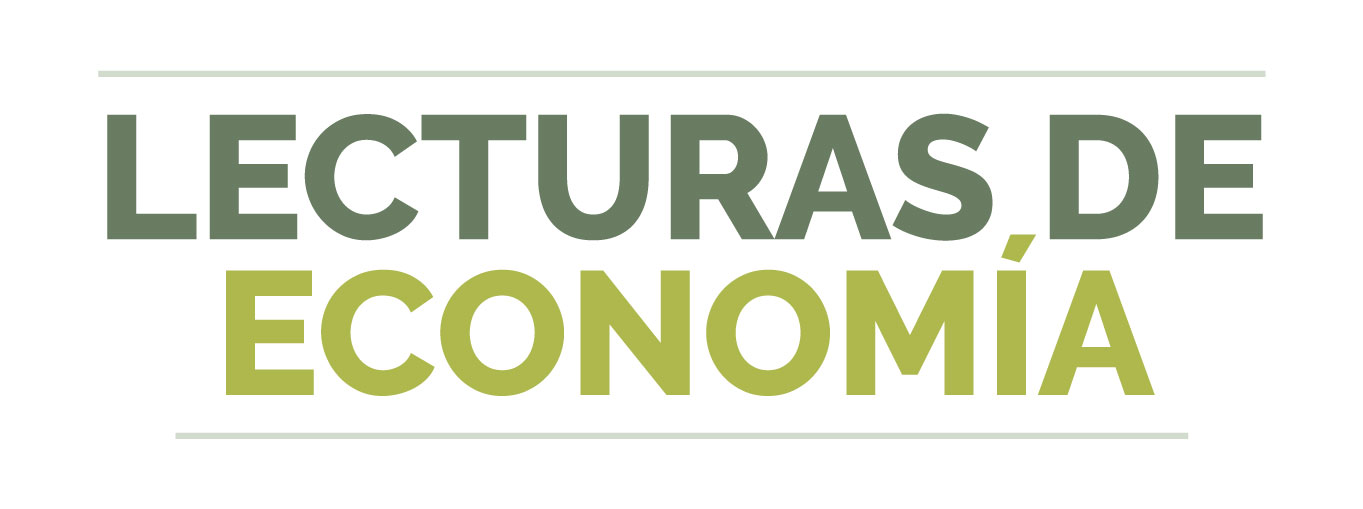Une méthode alternative pour l'estimation de la contagion financière à travers des coefficients de dépendance asymptotique
DOI :
https://doi.org/10.17533/udea.le.n75a11475Mots-clés :
contagion financière, accouplement, MGARCH, dépendance extrême, marchés financiers colombiensRésumé
Nous présentons une nouvelle méthodologie permettant de détecter la contagion financière fondée sur des ratios de dépendance asymptotiques. Sans s'écarter des conditions théoriques du problème, cette approche parvient à surmonter les critiques qui sont fréquemment signalées au niveau statistique à partir d'autres approches telles que les coefficients de corrélation et les vecteurs autorégressifs. La technique est appliquée pour les marchés financiers colombiens le plus importants: les obligations d'État, les actions, le marché monétaires et le marché de devises. Nous montrons que, pour l'échantillon de notre étude, ces marchés n'ont pas été soumis à contagion après la crise mondiale 2007-2009.
Téléchargements
Références
Allen, Franklin and Gale, Douglas (2000). “Financial Contagion”, Journal of Political Economy, Vol. CVIII, No.1, pp.1-33.
Baig, Taimur and GoldfanJn, Ilan (1999). "Financial Market Contagion in the Asian Crisis”, IMF Staff Papers, Vol. XLVI, No. 2, pp. 167-195.
Balkema, August and de hann, Laurens (1974). “Residual Life Time at Great Age”, The Annals of Probability, Vol. II, No.5, pp. 792-804.
Becerra, Oscar Reinaldo y melo, Luis Fernando (2008). “Usos e implicaciones de la cópula en la medición del riesgo financiero”, Borradores de Economía, No. 489, Banco de la República de Colombia.
Berg, Daniel and aas, Kjersti (2009). “Models for Construction of Multivariate Dependence”, The European Journal of Finance, Vol. 15, No. 7-8, pp. 639-659.
Bollerslev, Tim (1986). “Generalized Autoregressive Conditional Heteroskedasticity”, Journal of Econometrics, Vol. XXXI, No.3, pp. 307-327.
Boyer, Brian; Gibson, Michael and loretan, Mico (1999). “Pitfalls in Test for Changes in Correlations”, IFS Discussion Paper, No. 597R, Federal Reserve Board.
Calvo, Guillermo (1999). “Contagion in Emerging Markets: When Wall Street is a Carrier”, Working Paper, University of Maryland.
Calvo, Guillermo and mendoza, Enrique (2000). “Rational Contagion and the Globalization of Securities Markets”, Journal of International Economics, Vol. LI, No.1, pp. 79-113.
Carmona, René (2004). Statistical Analysis of Financial Data in S-Plus. Nueva York, Springer-Verlag.
Chari, Varadarajan and Kehoe, Patrick (1999). “Herds of Hot Money”, Working Paper, Federal Reserve Bank of Minneapolis Research Department.
Corsseti, Giancarlo; Pesenti, Paolo; roubini, Nouriel and tille, Cedric (2000). “Competitive Devaluations: Toward a Welfare-Based Approach”, Journal of International Economics, Vol. LI, No.1, pp.217-41.
Drazen, Allan (1998). “Political Contagion in Currency Crisis”, Working Paper, No.7211, NBER.
DunGey, Mardi and martin, Vance (2001). “Contagion Across Financial Markets: An Empirical Assessment”, Working Paper, Australian National University.
EdWards, Sebastian and susmel, Raul (2000). “Interest Rate Volatility and Contagion in Emerging Markets: Evidence from the 1990s”, Working Paper, No. 7813, NBER.
Edwards, Sebastian (1998). “Interest Rate Volatility, Capital Controls, and Contagion”, Working Paper, No. 6756, NBER.
Ehrmann, Michael; fratzscher, Marcel and riGobon, Roberto (2005). “Stocks, Bonds, Money Markets and Exchange Rates: Measuring International Financial Transmission”, Working Paper, No.11166, NBER.
EichenGreen, Barry; Rose, Andrew and WyPlosz, Charles (1996). “Contagious Currency Crises”, Working Paper, No. 5681, NBER.
Engle, Robert (1982). “Autoregressive Conditional Heteroskedasticity with Estimates of the Variance of U.K. Inflation”, Econometrica, Vol. L, No. 4, pp. 987-1008.
Engle, Robert (2002). “Dynamic Conditional Correlation: A Simple Class of Multivariate Generalized Autoregresive Heteroskedasticity Models”, Journal of Business and Economics Statistics, Vol. XX, No.3, pp 339-50.
Engle, Robert and shePPard, Kevin (2001). “Theoretical and Empirical properties of Dynamic Conditional Correlation Multivariate GARCH”, Working Paper, No. 8554, NBER.
Fisher, Ronald Aylmer and Tippet, Leonard Henry Caleb (1928). “Limiting Forms of the Frequency Distribution of the Largest of Smallest members of a Sample”, Proceeding of the Cambridge Philosophical Society, Vol. XXIV, pp. 180-190.
Freixas, Xabier; Parigi, Bruno and Rochet, Jean-Charles (2000). “Systemic Risk, Interbank Relations, and Liquidity Provisions by the Central Bank”, Journal of Money, Credit and Banking, Vol. XXXII, No. 3, pp. 611-638
Genest, Christian; Remillard, Bruno and Beaudoin, David (2009). “Goodnessof-fit Tests for Copulas: A Review and a Power Study”, Insurance: Mathematics and Economics, Vol. XLIV, No.2, pp. 199-213.
Gerlach, Stefan and smets, Frank (1995). “Contagious Speculative Attacks”, European Journal of Political Economy, Vol. XI, No.1, pp. 45-63.
Gnedenko, B (1943). “Sur La Distribution Limite du Terme Maximun D’une Serie Aleatorie”, Annals of Mathematics, Vol. XLIV, No. 3, pp. 423-453.
Horta, Paulo; Mendes, Carlos and Vieira, Isabel (2008). “Contagion Effects of the US Subprime Crisis on Developed Countries”, Working Paper, No. 2008/08, Centro de Estudos e Formação Avançada em Gestão e Economia.
ikeda, Shinsuke (1991). “Arbitrage Asset Pricing under Exchange Risk”, Journal of Finance, Vol. XLVI, No.1, pp. 447-455.
Téléchargements
Publié-e
Comment citer
Numéro
Rubrique
Licence
Cette page, par Universidad de Antioquia, est autorisée sous une Licence d'attribution Creative Commons.
Les auteurs qui publient avec cette revue acceptent de conserver les droits d'auteur et d'accorder le droit de première publication à la revue, l'article sous licence sous une licence Creative Commons Attribution-NonCommercial-ShareAlike permettant à d'autres de le partager tant qu'ils reconnaissent sa paternité et sa publication originale dans ce journal.
Les auteurs peuvent conclure des accords contractuels supplémentaires et distincts pour la distribution non exclusive de la version publiée de la revue (par exemple, la publier dans un référentiel institutionnel ou la publier dans un livre), à condition que ces accords soient sans but lucratif et être reconnu comme la source originale de publication.
Les auteurs sont autorisés et encouragés à publier leurs articles en ligne (par exemple, dans des dépôts institutionnels ou sur leurs sites Web), car cela peut conduire à de précieux échanges ainsi qu'à une plus grande citation des travaux publiés.







